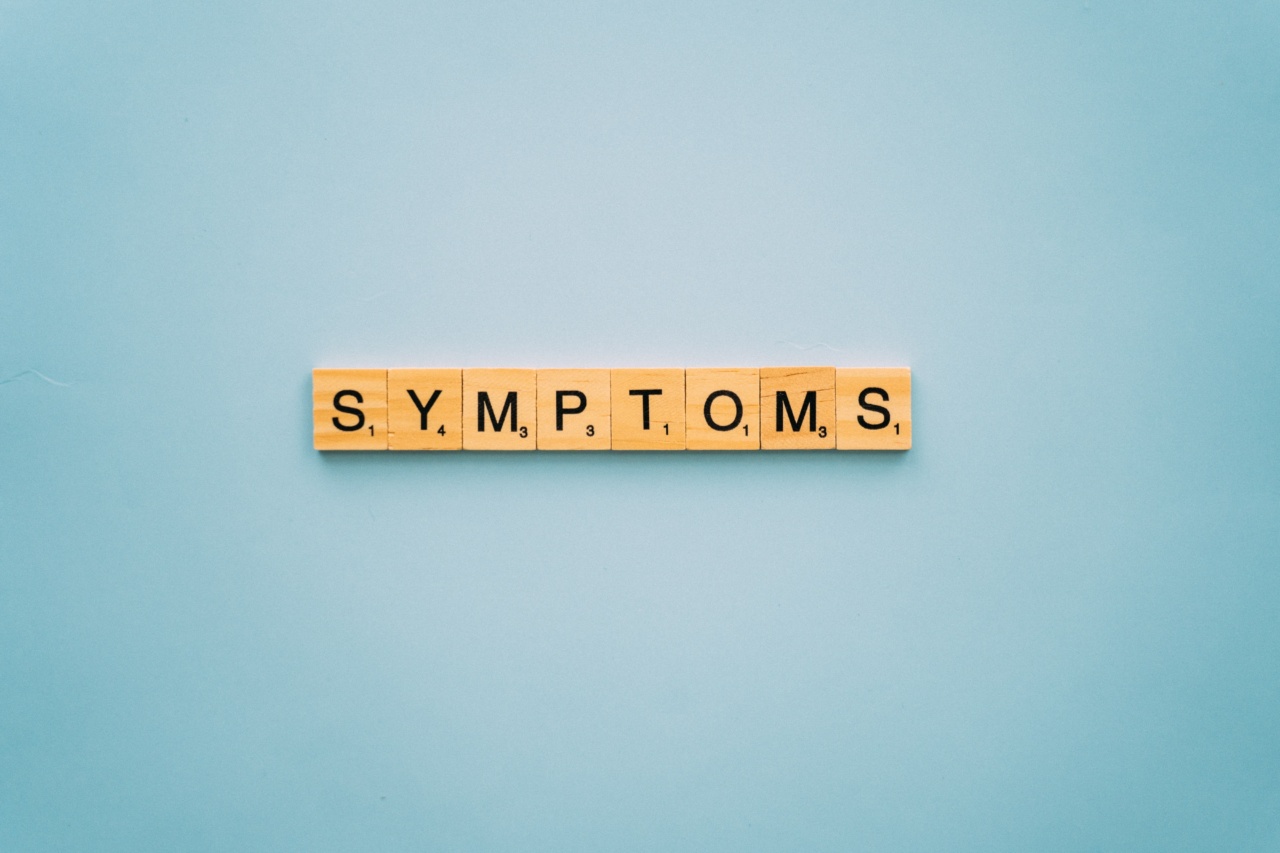Melanoma is a type of skin cancer that can be deadly if not caught early. It is important to take note of any changes in your skin and to have them checked by a dermatologist to ensure early detection.
The following are some warning signs and symptoms of melanoma that you should be aware of.
1. Asymmetry
One of the first signs of melanoma is asymmetry. This means that one half of a mole or birthmark does not match the other half.
If you notice any asymmetrical moles or birthmarks on your skin, it is essential to have them checked by a dermatologist immediately.
2. Border Irregularity
Another indication of melanoma is irregular borders on a mole or birthmark. The edges may be jagged, notched, or blurred.
If you have a mole or birthmark with irregular borders, make sure to have it examined by a dermatologist to assess if it is melanoma.
3. Color
The color of the mole or birthmark is also a significant factor to consider when it comes to identifying melanoma. Normal moles tend to be even in color or a single shade of brown.
In contrast, melanoma may have a variety of colors including shades of red, white, and blue. If you notice any mole or birthmark with varied colors, have it checked by a dermatologist immediately.
4. Diameter
Another symptom of melanoma is its diameter. Normally, moles tend to be less than 6 millimeters in diameter.
However, if you notice a mole or birthmark that is larger than 6 millimeters in diameter, you should have it checked by a dermatologist as it may be a melanoma.
5. Evolving
If you have any mole or birthmark that is evolving or changing in any way, this should also be assessed by a dermatologist. Some of the changes to look out for include bleeding, itching, scaling, and crusting.
6. Ulceration
Ulceration refers to sores that do not heal. If you have any mole or birthmark that contains a sore that does not heal, it is advisable to have it checked by a dermatologist as it may be a melanoma.
7. Family History
If there is a history of melanoma in your family, it is essential to have your skin checked regularly. People with a family history of melanoma are at a higher risk of developing the disease.
8. Sun Exposure
Excessive sun exposure is a significant risk factor for developing melanoma. Therefore, it is essential to stay protected from the sun as much as possible, especially during peak hours of the day.
You should also wear protective clothing such as hats and long-sleeved shirts and seek shade as much as possible. Additionally, use broad-spectrum sunscreen with an SPF of 30 or higher to protect your skin from harmful UV rays.
9. Indoor Tanning
Indoor tanning is another significant risk factor for melanoma. Therefore, it is essential to avoid indoor tanning, especially if you have fair or sensitive skin. If you desire to have a tanned look, consider using a self-tanning product instead.
10. Age
Finally, it should be noted that melanoma is more common among older adults, and the risk increases as you age. Therefore, if you are over the age of 50, it is essential to have your skin checked regularly by a dermatologist.
Conclusion
Melanoma is a dangerous type of skin cancer that can be deadly if not detected early. Therefore, it is crucial to take note of any changes in your skin’s appearance and to have them checked by a dermatologist.
By keeping an eye on your skin and taking the necessary precautions such as avoiding excessive sun exposure and indoor tanning, you can reduce the risk of developing melanoma.




























